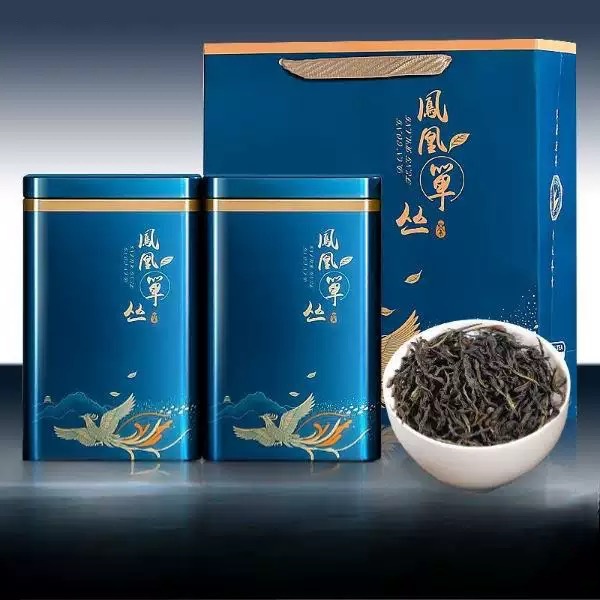
# The Cultural Significance of Oolong Tea in China
## Introduction to Oolong Tea
Oolong tea, known as “wūlóng chá” (乌龙茶) in Chinese, holds a special place in China’s rich tea culture. This partially oxidized tea variety bridges the gap between green and black teas, offering a unique flavor profile that has captivated tea enthusiasts for centuries.
## Historical Roots of Oolong Tea
The origins of oolong tea can be traced back to the Fujian province during the Ming Dynasty (1368-1644). Legend has it that the tea was discovered accidentally when a tea farmer was distracted by a deer and left his tea leaves to oxidize longer than intended. This happy accident gave birth to what we now know as oolong tea.
Historical records suggest that oolong tea production became more refined during the Qing Dynasty (1644-1912), particularly in the Wuyi Mountains of Fujian and later in Taiwan. The tea gained popularity among scholars and officials, becoming a symbol of sophistication and refinement.
## Cultural Symbolism
Oolong tea embodies several important cultural concepts in Chinese tradition:
Balance and Harmony
The partial oxidation process of oolong tea represents the Chinese philosophical concept of balance – neither fully green (unoxidized) nor fully black (fully oxidized). This mirrors the Daoist principle of yin and yang, where opposites complement each other.
Artistic Expression
The intricate processing methods and diverse flavor profiles of oolong teas demonstrate the Chinese appreciation for craftsmanship and subtlety. Tea masters often spend decades perfecting their techniques.
Social Connection
Oolong tea ceremonies, particularly the Gongfu tea ceremony, serve as important social rituals that strengthen bonds between family and friends. The sharing of fine oolong tea is considered an act of respect and hospitality.
## Regional Variations and Traditions
China’s diverse tea-growing regions have developed distinct oolong traditions:
Fujian Oolongs
The birthplace of oolong tea, Fujian produces famous varieties like Tieguanyin (Iron Goddess of Mercy) and Da Hong Pao (Big Red Robe). These teas are central to local culture and often used in important ceremonies.
Guangdong Phoenix Dancong
These aromatic oolongs from the Phoenix Mountain region are prized for their complex floral notes and are traditionally served to honored guests.
Keyword: Oolong Tea in Chinese Culture
Taiwanese Oolongs
Developed from Fujian traditions, Taiwanese oolongs like Dong Ding and High Mountain oolongs have created their own cultural identity, often associated with modern tea appreciation.
## Oolong Tea in Modern Chinese Culture
Today, oolong tea continues to play a significant role in Chinese society:
In business settings, sharing high-quality oolong tea often precedes important negotiations, serving as an icebreaker and demonstrating goodwill. Many young Chinese are rediscovering oolong tea culture through modern tea houses that blend tradition with contemporary aesthetics.
The global popularity of oolong tea has also become a source of cultural pride, with China actively promoting its tea heritage through international events and UNESCO recognition of traditional tea processing techniques.
## Conclusion
Oolong tea represents more than just a beverage in Chinese culture – it embodies centuries of tradition, philosophical concepts, and social values. From its accidental discovery to its current status as a cultural ambassador, oolong tea continues to steep Chinese history and values into every cup, offering a taste of China’s rich heritage to the world.
Comments are closed